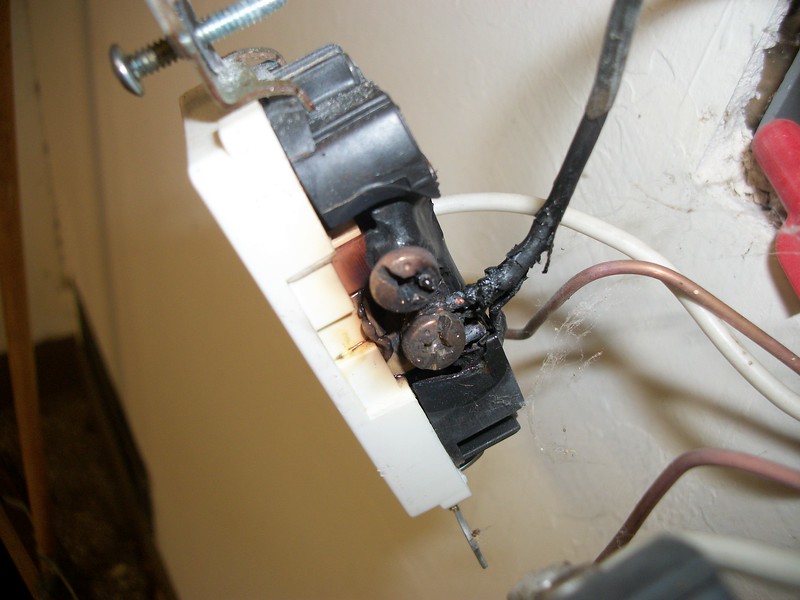jadnashuanh said:I would NOT use a 16g extension cord to power the OUC! Plus, I would NOT use a 2-conductor extension cord, either...you should have a ground. Yes, internal to the EVSE, it has the equivalent of a GFCI, but there's a reason why they put a 3-prong plug on the thing!
For sure everyone should understand that defeating the ground on an EV could be real trouble. It's illegal, if you do it and there's a problem (people could get killed) you will be liable possibly in a criminal complaint and if not that certainly a civil one. Just don't ever do it.
(for those who don't know - "defeating the ground" or "lifting the ground" means using a 2-prong plug anywhere in the chain of connection from the EV to the outlet.)




